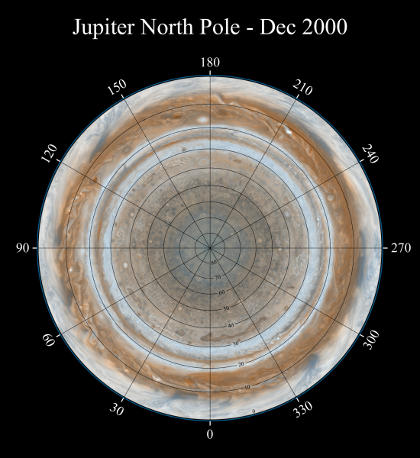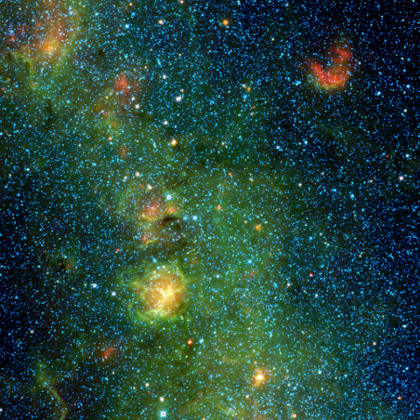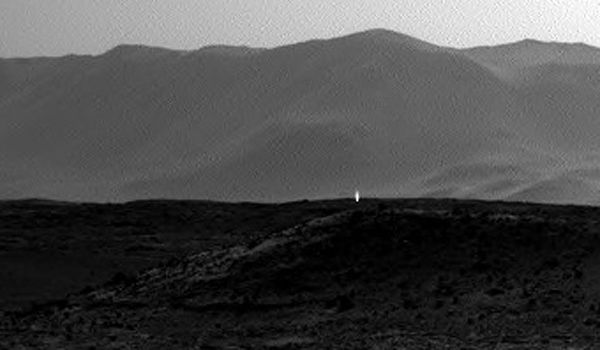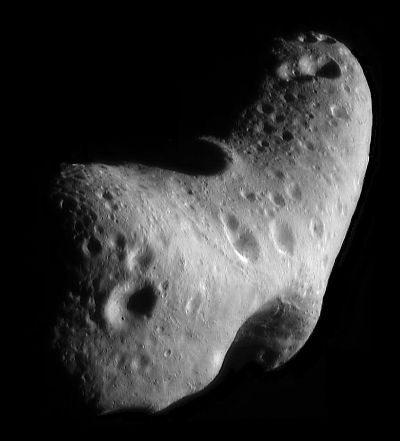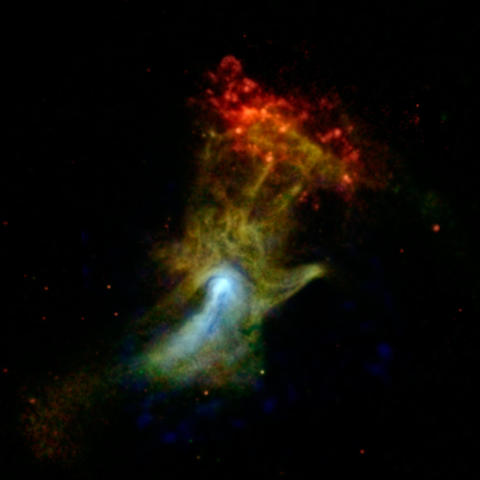
This dramatic x-ray image is of a pulsar wind nebula, which is powered by the leftover, dense core of a star that blew up in a supernova explosion. Electromagnetic radiation is being expelled and the interaction with magnetic fields creates a cloud that looks like an open hand. The actual pulsar is the smaller, highly magnetized white area in the picture while the blueish portion is the structure of the high energy x-rays. The red cloud at the end of the finger region is referred to as RCW 89. NASA’s Nuclear Spectroscopic Telescope Array, or NuSTAR, was used along with the Chandra X-ray Observatory to compile this image.
